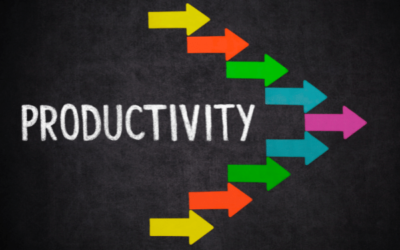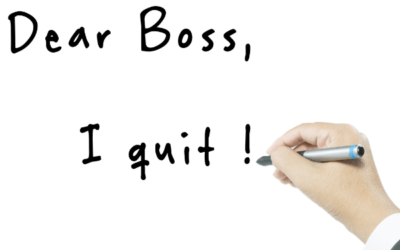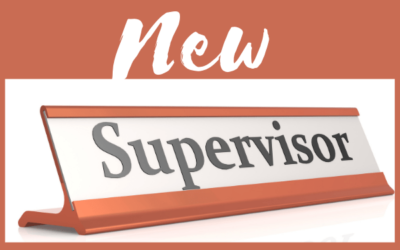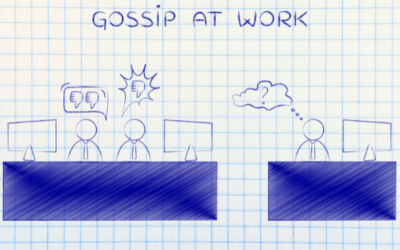Table of Contents
Like anything else, effective communication through email is a skill. Some people are really good at it, most are ok, many can improve and some will never be good at it. Wherever you fall on the continuum of email effectiveness, you will want to read about some rules for email etiquette at work.
I have enormous respect for a particular leader in an organization in which I worked. She was terrible at email. The information she tried to share was hard to understand and her responses, if she bothered to send them, didn’t make any sense.
But she knew it.
Very rarely did she send an email. Instead, she chose to pick up the phone. She was great on the phone. That was her preferred method of communication and it worked well for everyone.
The most mature people are those who know themselves well and act accordingly.
In that same organization was another leader that I also highly respected. He was great with email. He was one of the few people who, when I received an email from him, I knew it would make sense and I wouldn’t have to send a bunch of follow up questions.
So, wherever you are on the email ability bell curve, you will want to follow these five rules of email etiquette at work:
Sometimes you’re just not going to be able to accomplish your goal through email
You’ve probably seen this: an email chain with way too many people on it with long, windy content that you probably don’t have time to read. And if you do read it, you end up scratching your head because you can’t even figure out what the purpose was in the first place.
This situation needs a hero. You either have to stay out of this email chain entirely, or be the person to say, “I think this topic really requires a conversation.” You will immediately get responses from those way too many people sharing their availability for a time to talk.
Just be aware that you have now made yourself the person who will need to convene the conversation. But it’s worth it to get out of email limbo. And, everyone else will thank you.
Have you ever gotten a response to your email and wanted to scream, “I KNOW THAT PART! I asked you one question and you did not address it at all!”
Of course, we can’t really say that (though it’s ok to fantasize). We also can’t tell the other person that they’re not making sense. We have to say in our follow-up email how we have not understood correctly and would appreciate clarification on our very precise question.
If that doesn’t work, then it’s time for a phone call. As we’ve already noted, not everything can be accomplished through email.
Replying all
We all know this is a problem, so why are so many people still doing it?
There are some occasions where it is appropriate and necessary to Reply All:
- Someone has asked a group of people for available dates and times for a meeting
- You are sending an update and all the people on the email chain need the information
If everyone on the list does not need the information, do not Reply All.
Earlier today at my place of employment there was an email sent to hundreds of recipients announcing a job opening. One woman hit Reply All and proceeded to share very personal information about her professional goals and limitations. And it’s not as if she did it accidentally and was horrified (which is what one would expect). She sent another email later in the day, also to the entire recipient list, with some added information about herself.
I wouldn’t hire her simply due to her lack of judgment.
Some people are getting smart and are adding “Please refrain from Replying All” at the beginning or end of the email.
And, of course, there are the very special people who feel a need to Reply All for the purpose of telling others not to Reply All.
I can’t do anything but scratch my head.
Provide Context when discussing Email
Maybe you’ve had this happen to you. I walk through the office and someone calls to me, “Did you get my email?”
I get 300 emails per day. I don’t mean to be rude, but I really don’t know, standing here in the hallway, if I got your email. At the moment I’m not even completely sure who you are. It’s out of context. I try to respond, as pleasantly as I can muster, that I’ll be sure to check when I return to my desk.
Please give some context when discussing email. Something like, “I emailed you this morning about [specific topic] and I just want to make sure you got it.” Now I have some information and can respond appropriately.
Read from the Top Down
You know when there are a whole slew of emails about a particular topic during the day and everything is different at 4:00 than it was at 10:00?
Then someone on that email chain, who wasn’t there the day of all the email action, comes in the next day and starts reading and responding to emails beginning with the earliest sent. This makes sense on one level – first received, first read. But, meanwhile, all the people who were there the previous day are getting unnecessary and repetitive emails, because that issue has already been resolved.
“Start at the top!” I frequently want to yell. “Figure out what ultimately happened before commenting!”
It really is a better strategy to read all the emails in a chain before responding or reacting. It will take less of your time and everyone will thank you for it.
Don’t put your anger into writing
Did you ever wake up with that sick feeling in your stomach, when you realize that you dread going to work and checking your email? It’s because you hit the send button when you probably shouldn’t have. I’ve done this and most of you have, too.
We were probably angry about something at work and responded in a way that made us feel great – for the first four seconds. Then regret began to set in. (For more on handling anger at work, read this post.)
If I’m feeling like I really want to send a strongly worded email, I take a few precautions.
The first thing I do is empty the TO line.
This is the email address of the person to whom the email will be sent, so if it’s empty, I can’t send the email accidentally or precipitously, when my best self isn’t in control.
I’ll have to think about it first. I’ll have to remember where it’s going and put in the address.
It also means I can’t accidentally hit the send button (well, I can, but the email won’t go anywhere).
In addition, I try to write these emails early in the day and leave them as drafts until later in the afternoon.
Don’t do this without removing the recipient’s email address – too much danger of it being sent accidentally.
But this way it can sit around all day, without fear of being sent, until I get back to it and either decide to send it or, more likely, delete it.
I frequently wake up in the morning grateful for that delete button.










